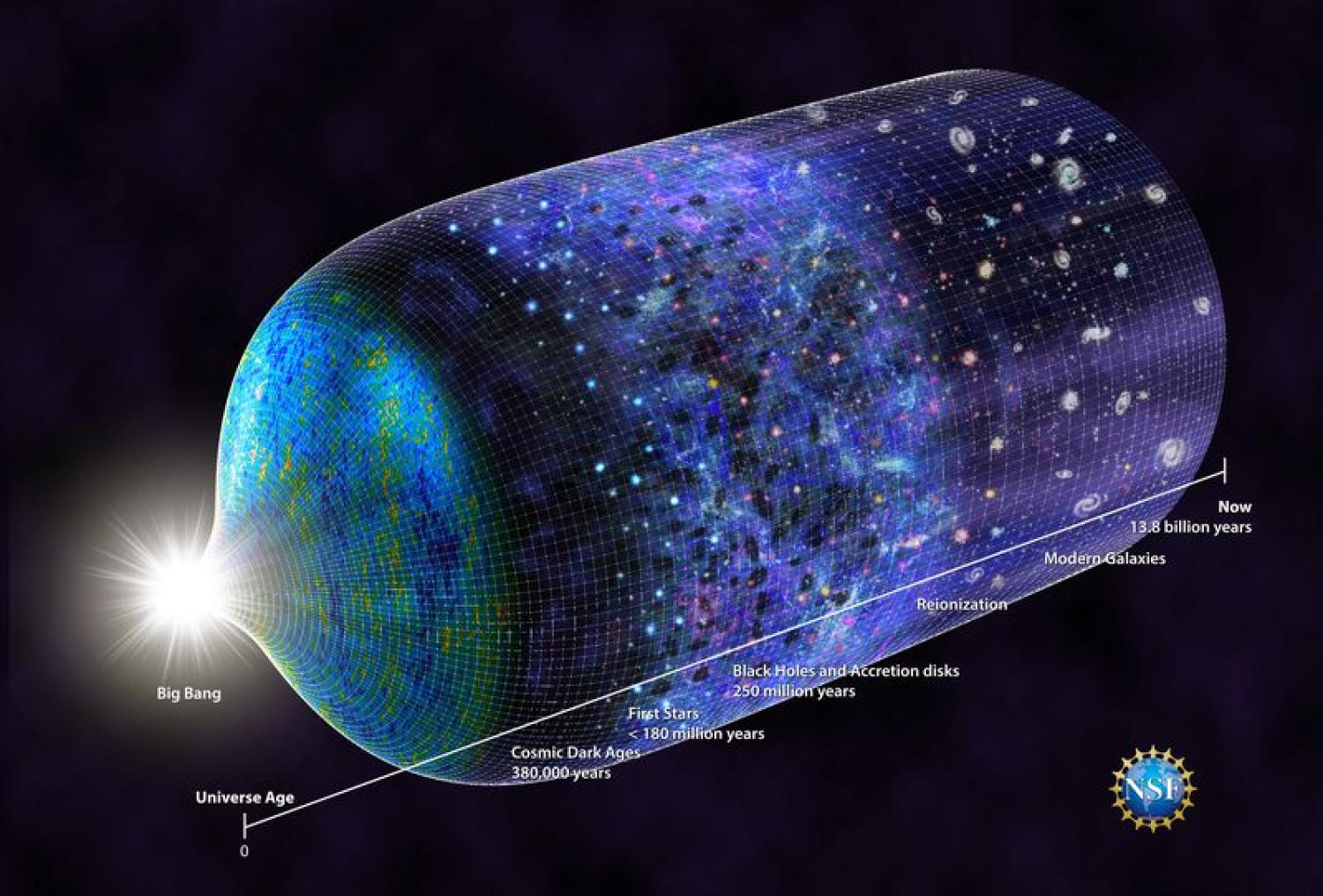13.6 Billion Years Later, Astronomers have Found Clues to our Earliest Stars

From The Verge: The first observation of the earliest stars in the Universe suggests they were forming about 180 million years after the Big Bang. The radio signal used to make this observation, though indirect, backs up some theoretical models about the evolution of the early Universe.
In the beginning, the Universe was made mainly of gas — mostly hydrogen — and a heavy, mysterious material known as dark matter. Over time, pockets of hydrogen gas collapsed to form the first stars, and there was light. But no one knew when exactly these cosmic lights first turned on, until a team of astronomers picked up a faint radio signal that traveled 13.6 billion years to reach Earth.
The radio signal, described today in the journal Nature, tells us that early stars were already forming 180 million years after the Big Bang. That’s because ultraviolet light from these stars irradiated the hydrogen gas surrounding them, causing a telltale dip in the spectrum of radiowaves detected here on Earth. The signal gives scientists an indirect look into the mysterious period of time when the Universe was still in its infancy. Read more...

